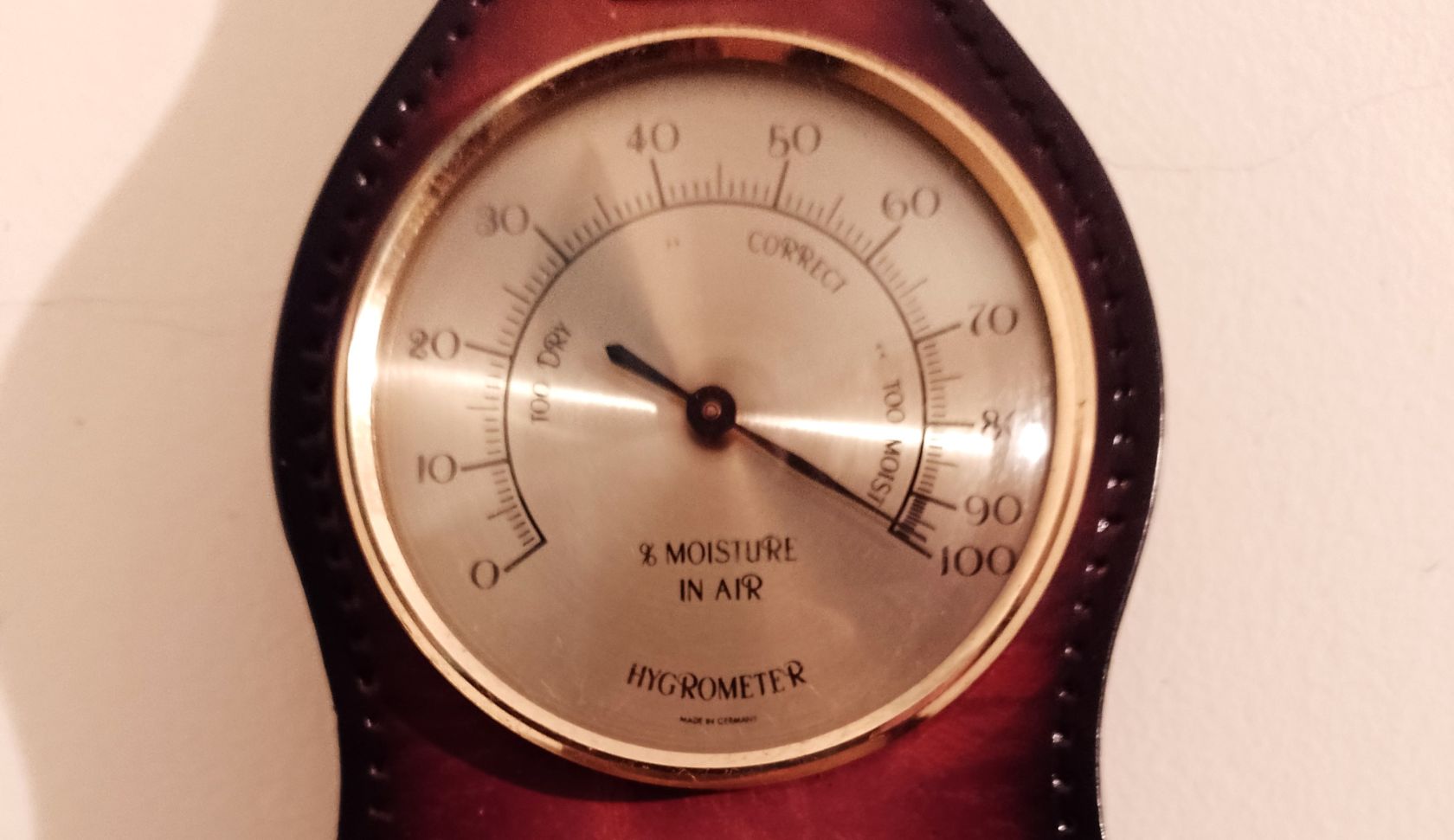Many seem to believe that during this season of rain and high winds, we are being cossetted by a delicate warmth, that we graze salads for lunch in pale sunlight on our verandas and that we succumb only to the lightest of jumpers in the evenings. Anyone who has actually spent a winter in this country knows the truth full well. For example, today I am wearing my usual four layers of clothing, starting with a long-sleeved thermal vest. And that's just for inside the house. Outside I wear a coat as well, making it five layers.
Some time back, a couple of friends came to work in Portugal, having previously worked in Russia. During their first winter here they complained about how cold they felt. Whatever they did they couldn't keep warm. They had just spent four winters in Moscow and not once, they declared, had they ever felt as cold as in Portugal. We had to sympathise. I've never worked in Russia, but I have worked in winter in Poland, Scandinavia and the Baltic States, experiencing temperatures of minus 25, ice storms and frozen seas. Yes, it was a bit nippy and I did once get my fingers ice-welded to a piece of metal (a phone box, remember those?) when I carelessly discarded my gloves for a second. On another occasion, I had to be chiselled away from the ground after my boots froze to the pavement. Not once did I suffer that all-pervading chill that an average Portuguese winter can bring.
Damp
It's probably the damp air that does it. The damp seems to seep through your skin and into your guts. The relatively dry cold of central or northern Europe doesn't appear to seep – it's far too brusque for that. The nearest I can place to winters in Portugal is winters in Ireland – but without the vast extent of mud that Ireland so generously provides. A cold damp night on the edge of the Bog of Allen is a little like a winter's evening in the Minho.
Then, of course, there are the buildings and the heating thereof. We don't need to be told about the shocking quality of construction of many buildings and the lack of insulation provided. Before we moved into our current house we had to spend a lot of time getting it insulated. This caused some bemusement to the local builder who really had a problem understanding what we wanted, even when faced with thick rolls of insulation for the draughty space under the roof.
The neighbours weren't impressed either, shaking their heads at the reckless expense of it all. They'd all lived in similar houses – some older, some newer – for all of their lives and they hadn't needed insulation so they really hadn't got time for this new fad. Heat loss? Really? What heat? Not that we saw inside their houses to check, of course. After all, if you're not family then you won't go in someone else's house around here, not unless there's a funeral. That's not the way things are done.
The missus was brought up in this environment and was accustomed to draughty, uninsulated houses in the winter and has never lived (or worked even) in an environment where heating, let alone central heating, was a 'thing'. Her parents rarely had any heating on – except for Christmas Eve, when they would light a small open fire in the living room. That did little more than warm the soot already in the chimney, soot left over from the previous Christmas. As a consequence, dinner around the family table in winter often meant keeping your outdoor coat on and, possibly, gloves and scarves as well. My father-in-law liked to wear a woollen cap to eat his soup in addition to his thick wool coat.
Hygrometer
Regardless of the hardiness of the previous generation and our current neighbours, the reality is that the weather in winter here tends to chill the body even if the thermometer looks optimistic. Don't look at the thermometer, I say, but the hygrometer. There are various scientific reasons why damp air makes you feel colder than dry air, not least because your clothes lose insulation properties when damp, but also because damp air has the same effect on the body as sweating, so you actually lose heat when you most want to retain it.

The robustness of many of our neighbours is to be applauded but are we made of softer stuff? My generation wasn't brought up with central heating (I'm from the 'frost on the inside of the windows' brigade) and we decided not to have it installed in our house when it was being renovated. We've never regretted it, relying mainly on toasty salamandras for an hour or two in the evenings, using wood we cut ourselves and this way we almost blend in with our neighbours – except that our heat stays with us for a lot longer, thanks to the insulation.
Anyway, here we are in our four (or five layers) and not complaining. Much. Well, not all the time. The daffodils are peeking through now, so it won't be too long until spring.
Fitch is a retired teacher trainer and academic writer who has lived in northern Portugal for over 30 years. Author of 'Rice & Chips', irreverent glimpses into Portugal, and other books.
















